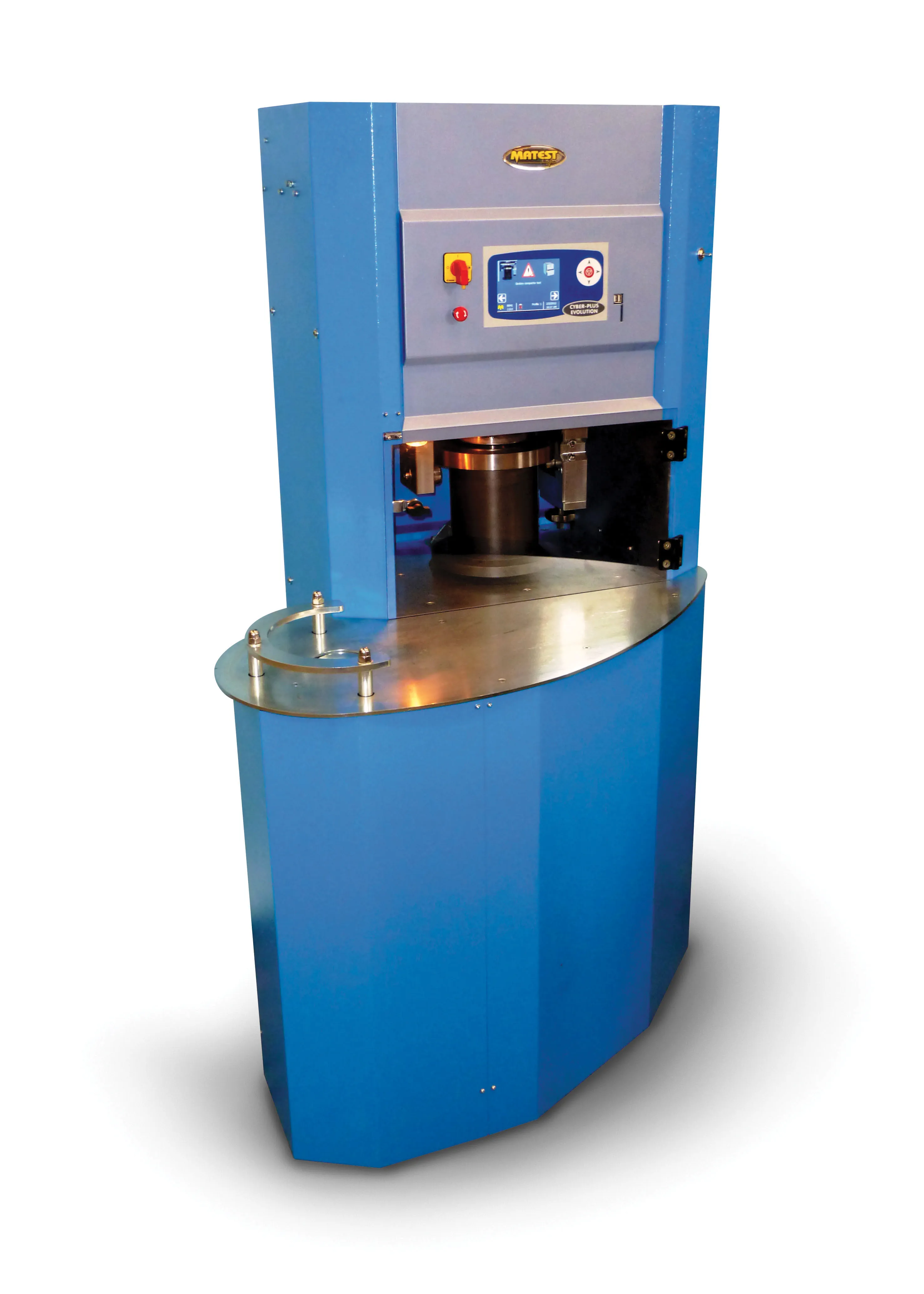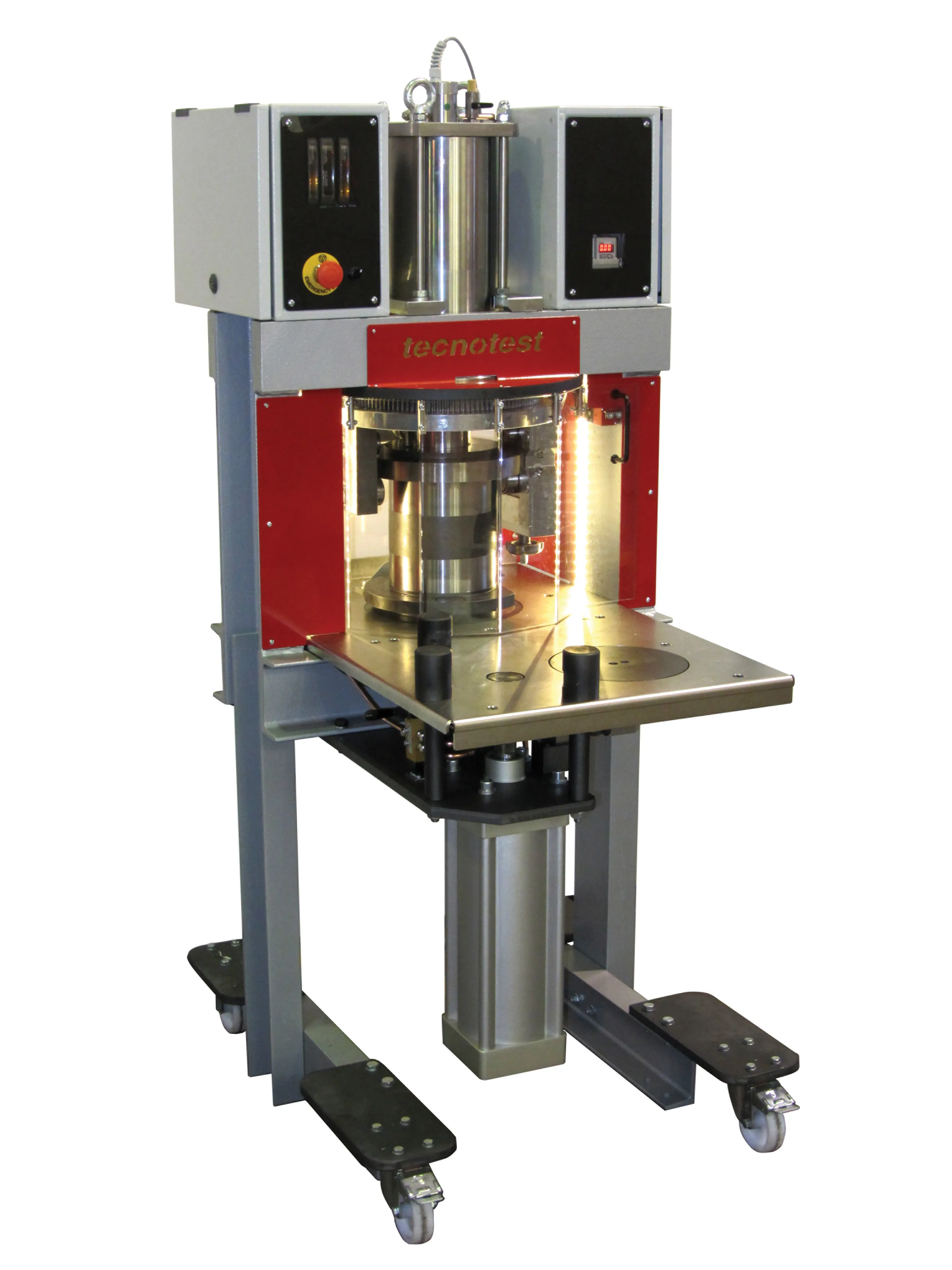New developments in low temperature asphalt offer both cost and environmental benefits - Dr Nizar Ghazireh (Lafarge Tarmac) & Dennis Day (Nynas Bitumen)
Low temperature asphalt (LTA) technology has considerable potential for reducing carbon emissions associated with road construction. The lower temperatures used to manufacture these materials mean that less energy is required and therefore lower emissions, which create better working conditions and result in lower impact on the environment.
Currently the market share for LTA in the UK is very low at circa 1%. LTA was one of the technologies identified by the Industrial Energy Efficiency Accelerator Programme initiated in 2009 as having one of the largest potential impact on carbon emissions in the aggregates and asphalt sector.
Funding was part provided by the Carbon Trust (via the Department of Energy & Climate Change) and Department for Business Innovation & Skills (via its Regional Growth Fund).
The project resulted in a new approach to LTA and the demonstration that in service performance of such mixtures was the equivalent of conventional hot asphalt. In addition the project identified the main barriers for uptake of these materials and delivered the first Specification for LTA in the UK, allowing mixes to be specified and purchased with greater confidence. This project generated increased interest from local authorities and other highway clients who have set strategic targets to reduce the carbon footprint of the road programmes without compromising performance.
The project’s twin objectives – to further develop LTA materials capable of performance comparable with hot mixtures and overcoming the key barriers to market growth – were delivered through the following key areas of research:
Technology development
a) Review of technologies around the world
b) Development of LTA products with lower carbon footprints
c) Demonstration of performance in site trials on public roads
d) Development of engineering solutions to enable existing plants to produce LTA
Overcoming market barriers
a) Stakeholder engagement to understand the barriers to adoption of LTA
b) Development and publication of a Specification for LTA to enable it to be purchased consistently and with confidence
Low temperature asphalt consists of three types of material classified by the temperature at which they are manufactured. They are:
- Warm – produced and mixed at 100oC to 140oC
- Semi (or half) warm – produced with heated aggregates at 70oC to 100oC
- Cold – produced with unheated aggregates using bitumen emulsion or foam (less than 70oC)
These materials differ from hot asphalt in that the binder manufacturing procedures are modified to allow mixing, working and compaction at a lower temperature. This is achieved by the addition of modifiers to the bitumen which changes the binder’s viscosity, or by adjusting the manufacturing procedures to allow production using bitumen foam or emulsion.
The project concentrated on the design of semi-warm and cold mix products, using foaming technology for the semi warm and emulsion technology for the cold; these materials offering the greatest potential for CO2 reduction. Laboratory trials and testing were used to determine the best combination of materials to achieve the required performance.
The laboratory trials produced four materials for testing on a larger scale: a cold mix material using bitumen emulsion designed to maximise the incorporation of reclaimed asphalt pavement (RAP) and three semi-warm mixed materials made using virgin aggregates and foamed bitumen. The cold mix material was produced using an existing mobile mixing plant and the semi-warm material was manufactured in a fixed asphalt plant. Modifications to the manufacturing process were required for the semi-warm mix to enable foam bitumen to be successfully injected into the mixer box – a first major engineering challenge being how to prevent the blocking of in situ water spray nozzles (used to produce the bitumen foam) when switching between hot and semi-warm products.
The first semi-warm production trials took place in January 2011 and three materials were laid at the asphalt plant, consisting of a binder course and two surface courses. The results gave confidence to carry out a larger scale trial on a public road in March 2011. The length of this trial was 800m with one side of the road constructed with conventional hot asphalt binder and surface course as a control; the other side with various combinations of hot, semi-warm and cold materials.
In total 10 different combinations were constructed for comparison against the conventional hot mix asphalt.
Lafarge Tarmac developed the new materials and the engineering process changes required to manufacture LTA with the following partners. Nynas Bitumen provided the technical expertise in binder and low temperature technology; Atkins engaged with stakeholder local authorities, the Department for Transport, the
An advisory group was created comprising senior representatives from the various local and national highway authorities. Its role was to act as a dissemination channel for project outcomes.
Initial stakeholder engagement provided clear evidence that while there is great interest in using LTA, stakeholders faced major barriers in increasing their demand for these materials. This is mainly attributed to the barriers, namely (1) the lack of documented evidence of LTA durability and (2) the absence of a national Specification standard for the products.
Both those issues have now been addressed through this project. For more info, please contact: %$Linker:









